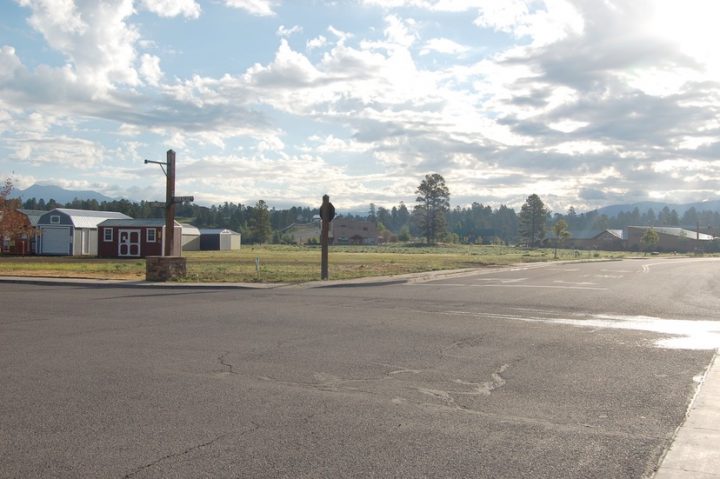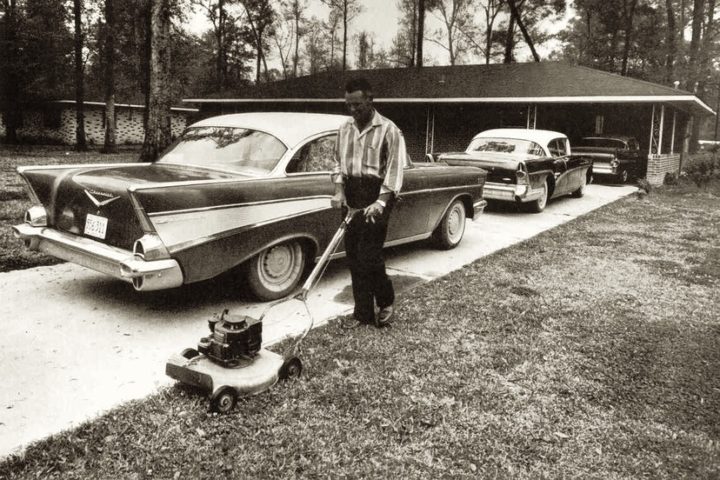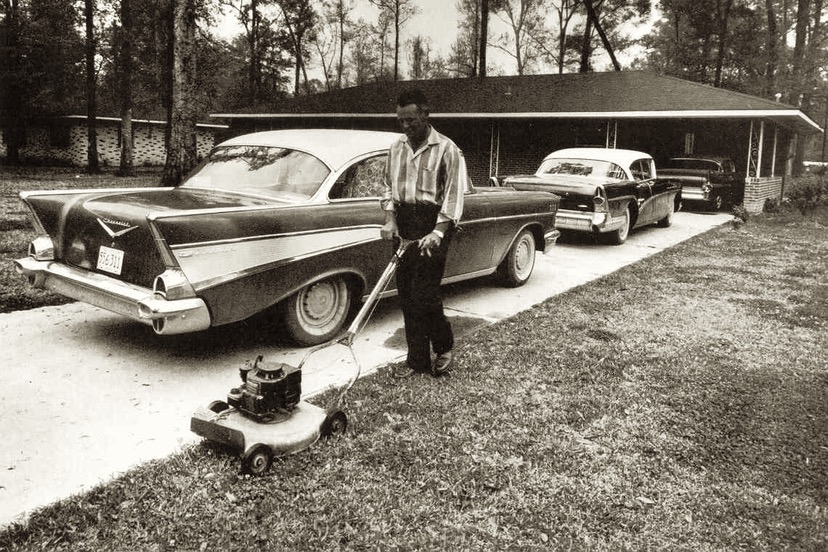As mentioned in Part One, a number of local residents showed up to the Tuesday, September 3, meeting of the Archuleta Board of County Commissioners, and I presume most of them wanted to see what the commissioners would do with these two agenda items, which had been tabled in early August…
A. Letter Of Intent With ArenaLabs, LLC
This agenda item is to approve a Letter of Intent with ArenaLabs, LLC for the purchase of approximately 5 acres of land located at X W Highway 160…
B. Purchase And Sale Agreement With ArenaLabs, LLC
This agenda item is to approve a Purchase and Sale Agreement to go under contract with ArenaLabs, LLC for the purchase of approximately 5 acres of land located at X W Highway 160…
…But there was a somewhat surprising item on the agenda, as well, referencing a vacant lot for sale in the largely vacant Aspen Village mixed-use subdivision across from Pinon Lake:
C. Letter Of Intent With Pagosa Partners I Inc.
This agenda item is to approve a Letter of Intent with Pagosa Partners I Inc. for the purchase of approximately 5.5 acres of land located at 2901 Cornerstone Drive…

Based on the debate that took place at the meeting, mainly between Commissioner Ronnie Maez and Commissioner Warren Brown, I assume that this item was placed on the agenda by Commissioner Maez, who spoke repeatedly in favor of purchasing five acres in Aspen Village — where streets and utilities are installed and readily available — rather than on South Pagosa Boulevard, on property currently for sale but almost totally without infrastructure.
Commissioner Maez began by addressing the proposed site on South Pagosa Boulevard, roughly across the street from the Pagosa Springs Medical Center:
“Looking at the Letter of Intent, I’m not completely satisfied with it. I don’t want to have to build a road, and expend the money to build a road, and then have the road belong to the Town… and Town and County dollars. I know we’re all drinking from the same trough; the funding’s the same. But that’s an added expense, before we even build a building… and the dangling carrot of ‘workforce housing… that’s not the County’s responsibility…and there’s no timeline on when, or whether [the workforce housing] is going to be built… I’m really not in favor.”
Next to speak was Commissioner Brown, who noted — in good humor — that this was perhaps the second time in his four years as commissioner, that he and Commissioner Maez had agreed about a contentious issue.
As it turned out, the agreement about real estate was somewhat ephemeral. Commissioner Brown wanted to hire a financial advisor to independently analyze the various property options and clarify what the final cost of a future County administration building might cost at the different locations. Commissioner Maez, meanwhile, wanted to move forward with Item C: the purchase of 5.5 acres in Aspen Village.
I’ve shared my opinion about senseless development in Pagosa Springs, in previous articles. To clarify what I mean by ‘senseless’ development…
Several years ago, I referenced an important book on urban development — The Death and Life of Great American Cities, by Jane Jacobs, about urban growth and renewal.
A functional and vibrant human community, according to Ms. Jacobs’ analysis of New York City, renews itself in a gradual manner. A healthy neighborhood, with the kind of diversity that will provide residents and businesses with a safe and lively environment, consists of a wide range of building types and building ages. The older homes and commercial buildings, properly preserved and with the mortgages paid off, typically accommodate the folks who are not so wealthy and the businesses that are not so profitable. Then, you blend into the neighborhood newer buildings, which typically cost more and carry a debt burden and are suitable for people and businesses that can afford higher rents.
This natural and gradual pattern of growth, in a city, allows for people of all types to exist together, and that helps to create — in Ms. Jacob’s view — the most ‘successful’ neighborhoods and districts. When money from mortgage lenders and government programs supports this type of gradual unfolding and mixing of property types and ages, the result is attractive, vibrant neighborhoods. In a big city.
But what happens in a small town? When development happens too fast, and too extensively, for example?
In 1970, when Ralph Eaton and his company began building out the 21-square-miles of suburban neighborhoods known today as Pagosa Lakes, we understood that Americans were rejecting the big-city lifestyle and moving wholesale into the suburbs, where each single-family home occupied its own little kingdom, with a green lawn in front, a dog in the back yard, and two or three cars in the driveway.

In a certain sense, this migration to Suburbia felt a little bit like a return to an age-old rural, agricultural lifestyle, except that everyone’s food appeared magically in the supermarket, and clothing and shoes and cars and TV sets were mass-produced somewhere else (probably in a big city?) and you just hopped into one of your cars and did your shopping at the mall.
Suburbia was the model for Pagosa’s relatively explosive growth between 1970 and 2010. It provided the type of community that people escaping from big-city problems thought they wanted.
But you can’t properly maintain 500 miles of road with a small population sprawled over 1,000 square miles. The tax base is simply too small. Eventually, the scheme stops working.
And at the moment, the scheme has stopped working in Pagosa Springs. Our school district started the school year with at least 15 vacant job positions, with no clear idea how to attract employees for those necessary jobs. The CEO of our community hospital, Dr. Rhonda Webb, has described the struggles to staff the Pagosa Springs Medical Center. The Archuleta BOCC can’t seem to staff its current administration office. Local businesses struggle to find employees.
Our streets and roads, meanwhile, continue to deteriorate. Our water district and our two main sewer districts face millions of dollars in deferred maintenance costs, along with new maintenance issues.
To have our BOCC and the Town Planning Department encourage the creation of a new 100-acre subdivision — in a community with literally thousands of existing vacant parcels that do not contribute sales tax or lodging tax, but nevertheless require regular maintenance to streets and infrastructure — strikes this journalist as a form of insanity.

